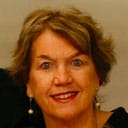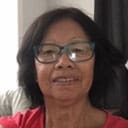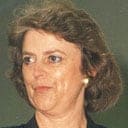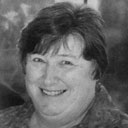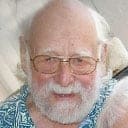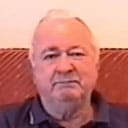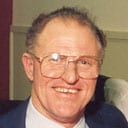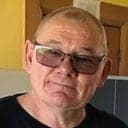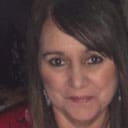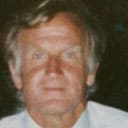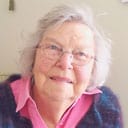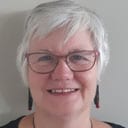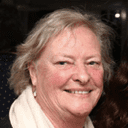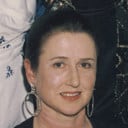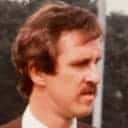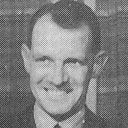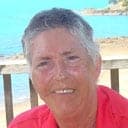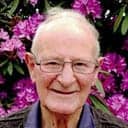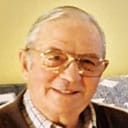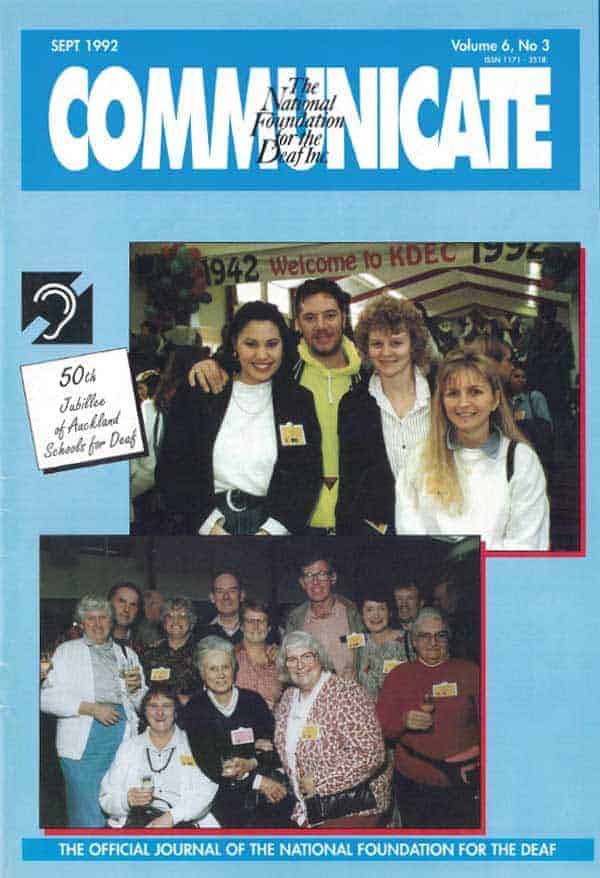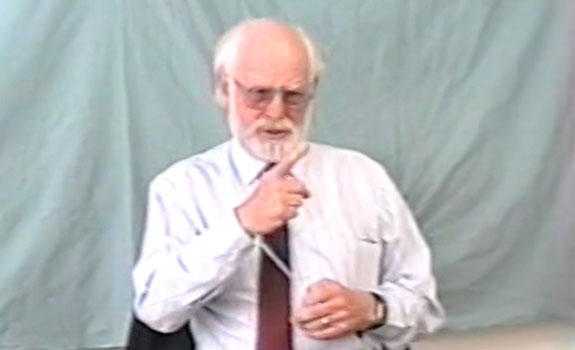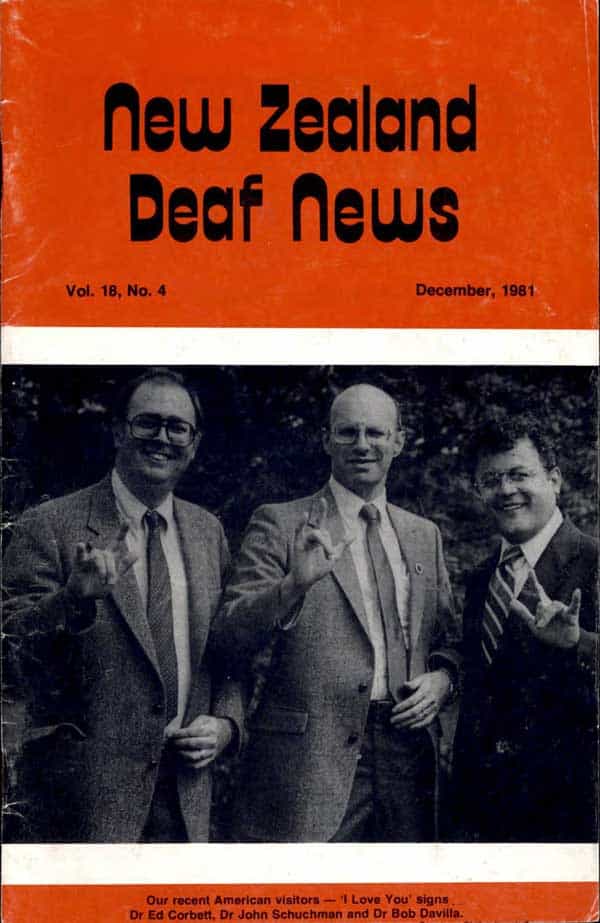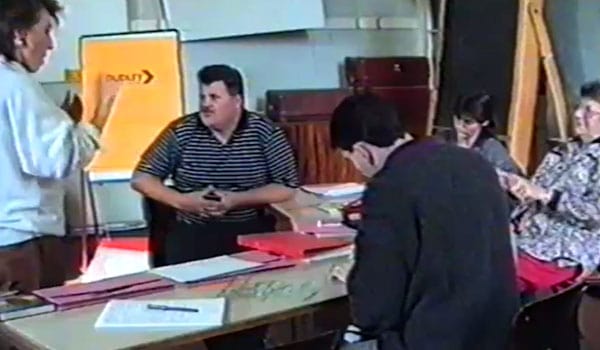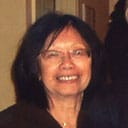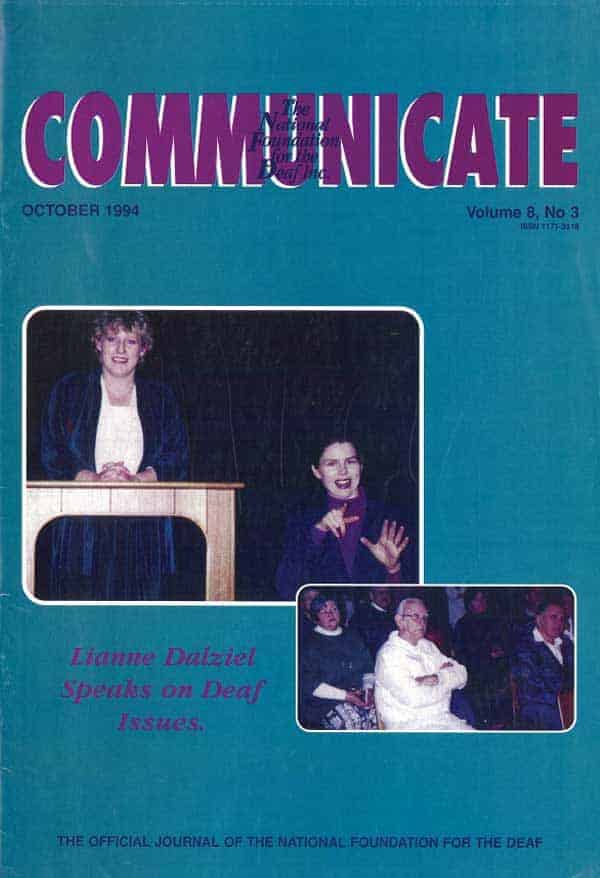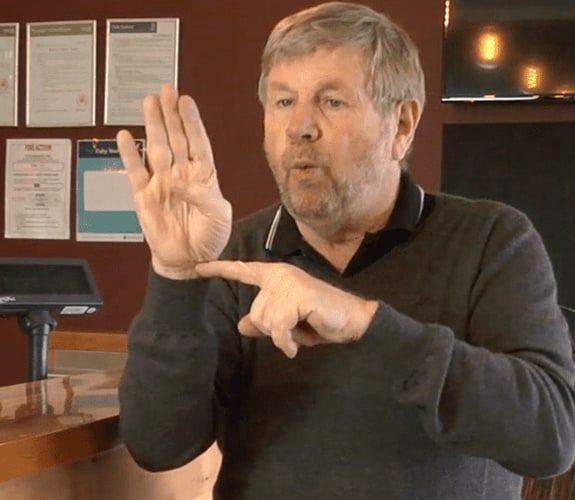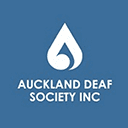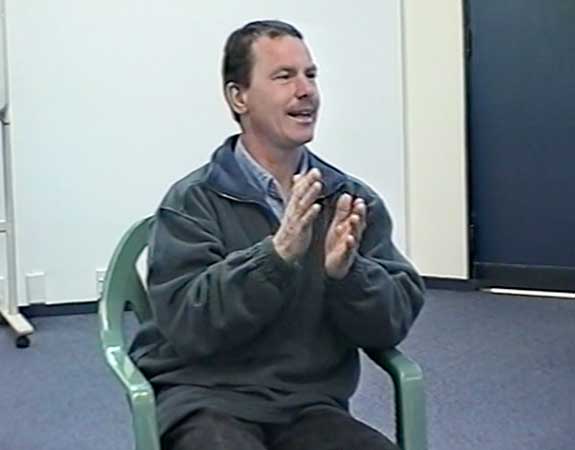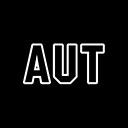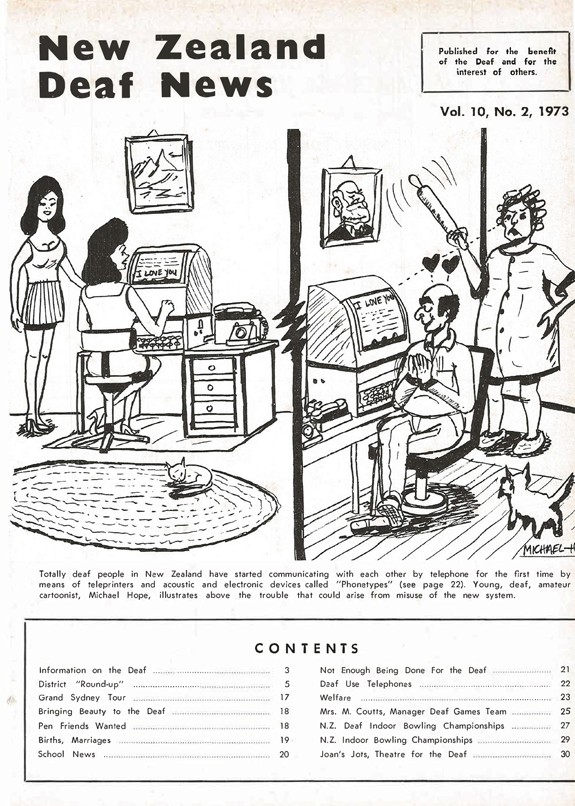NZ Deaf News: Spring 1989 (Vol. 23, No. 3)
Some of the items featured in the Spring 1989 (Vol. 23, No. 2) issue of ‘New Zealand Deaf News’:
- The NZ Deaf Communications Network requests that people who have purchased a new TTY in the last two years, to please add their phone number to the National Deaf teleprinter phone list. It is also trying to advocate for reduced TV licence fees.
- At the 25th AGM of the New Zealand Amateur Sports Association, it was agreed to change its name to New Zealand Deaf Sports Association Inc.
- The Ordination of David Molloy was a beautiful service, with Deaf people joining together to support David as the first Deaf priest in New Zealand with a performance from the Sign Singers.
- Hawkes Bay branch will be creating NZSL sweatshirts with the signed alphabet on the back of them. Price will depend on demand.
- Stewart Smith, a Deaf man from Auckland, notches up five championship lawn bowl titles at the National Championships.
- A NZ Sign Language Group has started classes for hearing people wishing to learn NZ Sign Language at the Deaf Centre.
- First meeting of Tauranga Deaf Club, with a new club logo with Vicki Hamilton’s two hands behind an ear winning the logo award. The motto by Brain Williams is ‘The Deaf Can Do Anything’.
- Deaf Organisations
- TV/Media



